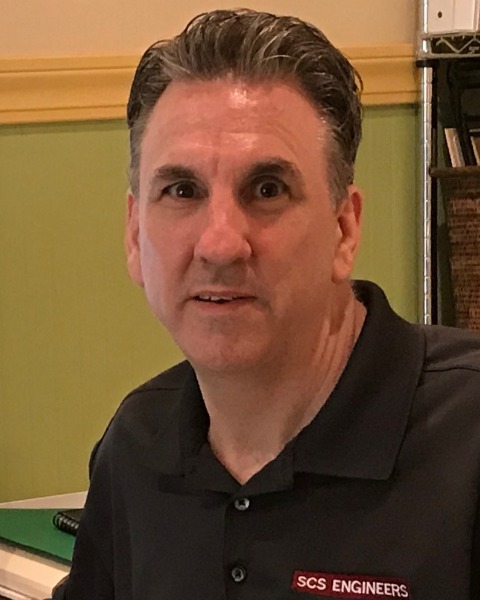Back
Platform
AQMM
Session : Source and Fugitive Emissions Measurement
1166621 - The Evolution of Methane Emissions Measurements at Landfills: Where Are We Now?
Wednesday, June 29, 2022
10:10am – 10:30am PT
Location: Marina

Patrick S. Sullivan, BCES, CPP
Senior Vice President
SCS Engineers
Sacramento, CA- RH
Ray Huff, Masters
Vice President
SCS Engineers
Long Beach, California
Primary Author(s)
Co-Author(s)
Methane emissions measurement methods at landfills have changed substantially over time, starting with hot spot monitoring for methane concentrations using hand held devices evolving to a variety of sophisticated technologies and methods. However, despite these advances, accurate measurements of emissions flux have been difficult to derive because of the unique nature of the source. To this day, landfills are still using hand-held monitoring of methane hot spots for compliance purposes while relying on models to estimate landfill gas emissions. Technological developments in optical remote sensing and other methods offer significant promise in improving the ability to measure actual surface emissions from landfills, but no single technology or method has risen to the top of the scientific hierarchy. As the monitoring technology has evolved, so has the different ways we can take measurements, including at source level, from low flying devices such as drones, from aircraft, as well as via satellites. For this presentation, the various methods for methane emissions monitoring will be compared and contrasted including the pros and cons of each relative to cost, ease of implementation, repeatability, accuracy, and potential areas of uncertainty. This will include both the measurement technology (e.g., infrared, lasers, flux chambers, etc.) as well as the monitoring/sampling mechanisms (e.g., towers, drones, aircraft, etc.). The goal will be to identify which methods offer the best opportunity for accurate emission measurements today as well as those that offer the most promise for the future developments and improvements. Specific recommendations will be made as to how these methods can be deployed to improve the results.

.jpg)
